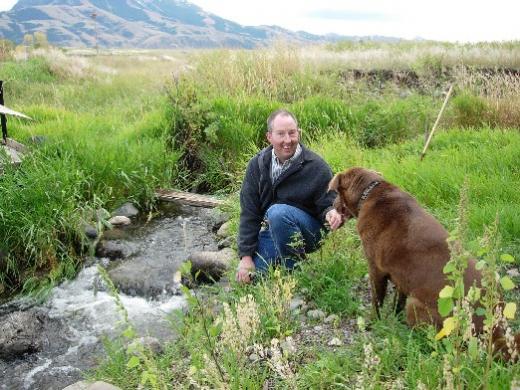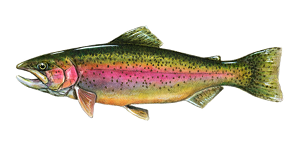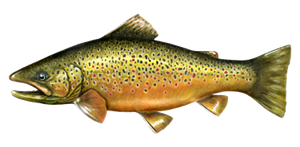Yellowstone River
Goals
The Yellowstone is a river of legend, where an angler can cast to rising native trout amid the splendor of the world’s first national park, or hop a ride in a drift boat and cast to wild browns through Montana’s Paradise Valley. To this day, from its source high in the Wyoming Thoroughfare to its confluence with the mighty Missouri on the Montana prairie, the Yellowstone flows free—no dams mar this amazing wild river.
The Yellowstone basin includes trout-rich tributary rivers like the Shields and Bighorn. Flowing north for 461 miles from Wyoming into Montana, the Bighorn gathers water from the Shoshone, Wind and Greybull Rivers and just inside Montana is the incredible tailwater trout fishery created by the Yellowtail Dam. This world-class wild trout fishery attracts more anglers than any other river in Montana.
Unfortunately, the last 100 years have been hard on the Yellowstone. A century of farming and ranching has degraded riparian habitat, resulting in chronic low flows and made worse by high water temperatures caused by years of drought. Miles of rip-rap line the river’s banks, disconnecting it from its natural floodplain. Yellowstone Lake has seen its native cutthroat trout population decimated thanks to voracious non-native lake trout. In recent years, the threat of poorly planned oil and gas drilling has emerged in the eastern Yellowstone basin on both federal and state lands.
TU and its volunteers are committed to protecting the Yellowstone from present threats and restoring the river’s habitat to its former glory.
Tactics
Improve flows on key tributaries. TU is working with landowners and state and federal partners to restore stream flows and remove barriers related to irrigation infrastructure and culverts on upper Yellowstone tributaries like Mill Creek and streams within the Shields River basin, which serve as important spawning and rearing habitat for Yellowstone cutthroat trout.
Control invasive fish on Yellowstone Lake. We’re also working on a long-term effort to reduce invasive, predatory lake trout populations, which have decimated native cutthroats in the lake, by working with the Yellowstone National Park and other partners to track and harvest lake trout.
Restore Bighorn River flows. Federal operations of Yellowtail dam on the Bighorn are erratic and often harmful to this world-class trout fishery. We’ll work with Bureau of Reclamation to reform dam operations so water is released to better mimic the natural flow regime, increase wild trout populations, and insulate the priceless fishery during droughts.
Victories
TU’s Montana Water Project has worked with landowners, agencies and other partners on several stream restoration projects on the Yellowstone. For instance, TU partnered with the Murphy family ranch in Paradise Valley to restore flows to North Fridley Creek, which was chronically dewatered by irrigation diversions. By upgrading the ranch’s irrigation system, project partners were able to restore year-round flows to Fridley and reconnect it to the Yellowstone mainstem for the first time in decades. Just weeks after project completion, spawning cutthroats were seen in the small creek. Rancher Sean Murphy said he was "thrilled" with TU’s restoration.
Staff Contact
Author of this Page
Randy Scholfield
Director of Communications, Western Water Project




